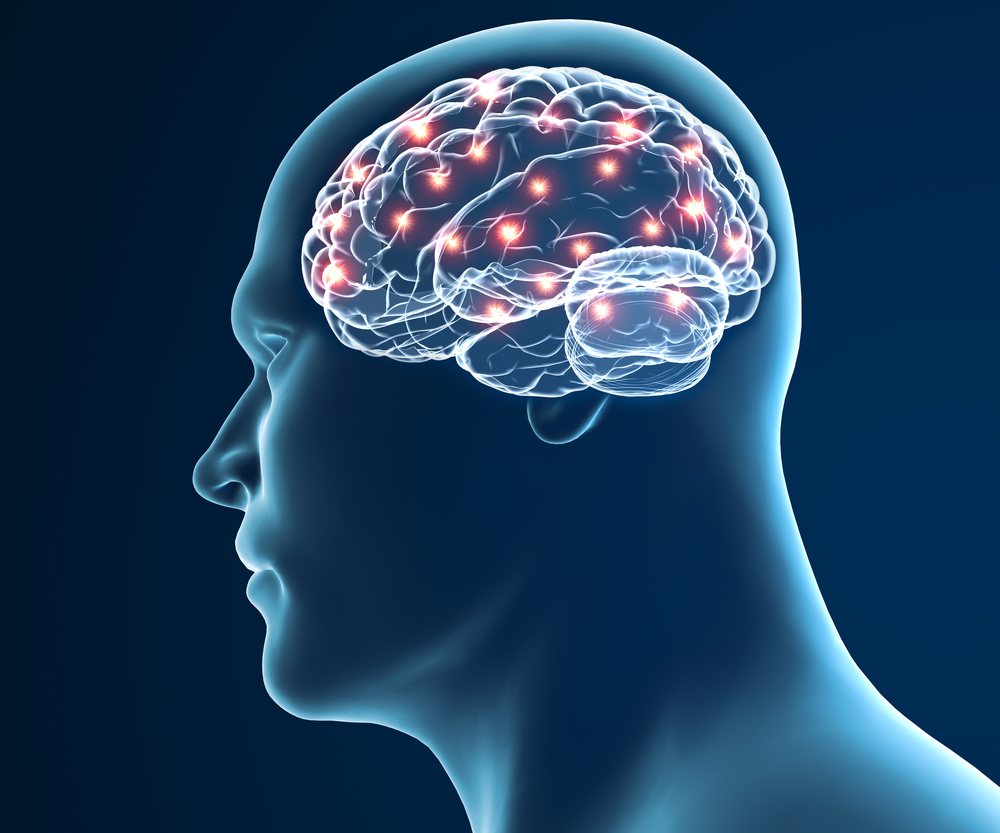Early White Matter Alterations Are Clinically Relevant in Huntington’s Patients, Study Shows
Written by |

Changes in the brain’s white matter in early Huntington’s disease can reflect a process that’s clinically relevant and might be linked to early cognitive dysfunction, according to researchers from Harvard Medical School.
Their study, “Complex spatial and temporally defined myelin and axonal degeneration in Huntington disease,” was published in NeuroImage: Clinical.
Huntington’s is a genetic, neurodegenerative disorder characterized by the progressive loss of motor, psychiatric, and cognitive abilities.
Although previous studies have documented that the disease affects two main regions in the brain — the basal ganglia, responsible for motor coordination, and the cortex, involved in behavior, memory, and thought process — recent studies also report significant white matter damage associated with the condition.
The brain’s white matter is mainly composed of myelinated nerve segments called axons or tracts, and is responsible for the transmission of nerve signals, acting as a communication platform between different brain regions.
It also contributes to several brain functions, including learning and information-processing. Myelin is a fatty substance that insulates nerve cell axons to increase the speed at which information travels from nerve cell to nerve cell or from nerve cells to a muscle.
Researchers used a technique to reconstruct brain tracts in 3D, called tractography, and investigated whether large white matter nerve bundles showed signs of degeneration in individuals carrying a mutation in the huntingtin (HTT) gene who were either asymptomatic or were in early stages of the disease.
A total of 18 major nerve fiber bundles were analyzed in 37 patients with early Huntington’s disease, including 31 HTT-positive pre-symptomatic Huntington’s (PHD) individuals, who were matched to 38 healthy controls. All study participants underwent magnetic resonance imaging (MRI).
Diffusion-weighted images (DWI) — images that allow researchers to estimate the structure of brain fibers using water diffusion as a probe — were then processed to reconstruct white matter nerve bundles using a software called TRACULA (TRActs Constrained by UnderLying Anatomy).
Several functional diffusion parameters were then calculated for each fiber bundle. These included the mean fractional anisotropy (which reflects fiber density, axonal diameter, and myelination in white matter) and the mean radial and axial diffusivities (which measure myelin and axonal damage, respectively).
Harvard Medical investigators also analyzed possible correlations between different diffusion parameters, cognition, and brain cortical thinning.
Early changes in axonal radial diffusivity in pre-symptomatic individuals were associated with poor performance on neuropsychological tests, indicating that early alterations in myelin occurring in the absence of Huntington’s symptoms might be linked to early cognitive dysfunction.
“Degeneration of myelin integrity may not only be an early indicator of transition from health to disease, but may also represent a progressive process,” the authors wrote.
Researchers also found that significant increases in the axial diffusivities of axons correlated with cortical thinning in brain regions that often suffer atrophy in Huntington’s disease, suggesting that this parameter might reflect the loss of nerve cells that usually takes place in these patient population.
“We found significant increases in [axial diffusivity], which likely represents axonal loss attributable to or possibly a consequence of oligodendrocyte [cells that produce myelin in the brain] dysfunction,” investigators wrote.
Taken together, these findings indicate that early regional changes in white matter nerve bundles reflect a complex dynamic process that is clinically relevant for Huntington’s patients.
“We show early and selective changes in the microstructural integrity of white matter in [Huntington’s], associated with early deficits in myelin followed by axonal pathology, that are closely correlated with clinical symptoms and with cortical degeneration, and which suggest that oligodendroctyes might present a novel and important therapeutic target” for the disease, researchers concluded.





